Lights have changed a lot since the days of whale-oil lamps. The modern home boasts an array of options for illuminating rooms and hallways, from the traditional incandescent and halogen bulbs to the latest in LED and fluorescent lighting.
Today’s homeowners can choose among many different lighting fixtures for the home, each with its advantages and disadvantages.
Here are a few things to consider when choosing lighting for your home.
Start By Creating A Lighting Plan
Start by making a list of all your lighting needs and wants, both short-term and long-term. Next, make a list of all the lighting features you would like to have in your home.
For example, do you want more lighting in the kitchen, install bedroom chandeliers, more lighting in the family room, or in the greenhouse, etc.? Then, you need to make a list of all the rooms in your home, including the number of doors in each room, windows, furniture, etc. Lastly, create a list of all the lighting fixtures you want to have in each room of your home.
Pro Tip: Do not forget to keep the energy considerations in mind. Remember, the best approach is to go with lights that do not consume energy and help keep the environment cool (LED bulbs instead of incandescent ones).
Task Lighting
Finding the right task lighting for your home is more of an art than a science. There are three main factors to consider: what you’re doing, where you’re doing it, and how much light you need to do it. For instance, if you plan to chop vegetables or read a recipe, you’ll need bright lights to see what you’re doing.
If you’re assembling a power tool or doing some precision soldering, you’ll want to make sure you have a well-focused light to avoid casting shadows.
Some examples of Task Lighting include:
- Lighted Exhaust Hoods
- Pendants over work-islands
- Under Cabinet lighting
Feature Lighting
Feature lighting is a great way to create a lasting statement in a room. Whether you’re trying to highlight a certain design element or just want to make an object such as artwork stand out, there’s a perfect light fixture out there for you.
The most basic light fixture, a flush mount, is a great way to highlight a certain architectural element. A flush mount light above a countertop can highlight the cabinets or the tile backsplash in a kitchen. A flush mount can provide a nice accent light that illuminates artwork or a specific part of a room for any room.
Choosing The Right Lighting Bulbs
If you want to change the look of a room, one of the easiest ways to do so is to change the lighting. Purchasing bulbs suitable for space can be a good option.
You should consider the following before purchasing bulbs:
- What look and feel you desire? (Example: a low temperature may mimic candlelight, whereas high temperatures are usually attributed to the bright blue sky).
- If your space requires lights to be on frequently, consider energy efficiency. Browse the table below for a better idea.
- Watts equal the brightness of your rooms. Take cues from the table below to select the right bulb.
- A focal statement or a design: choose a bulb that resonates with either one.
1. Bulb/Brightness
- 450 LUMENS
- 800 LUMENS
- 1100 LUMENS
- 1600 LUMENS
- 2600 LUMENS
- 5800 LUMENS
2. LED
- 6W
- 9-10W
- 13W
- 16-18W
- 24W
- 45W
3. CFL
- 8-9W
- 13-14W
- 18-19W
- 23W
- 40W
- 85W
4. Regular (Incandescent)
- 40W
- 60W
- 75W
- 100W
- 150W
- 300W
5. Halogen
- 29W
- 43W
- 53W
- 72W
- 150W
- 300W
Final Word
Lighting is one of the most important ways to add warmth and elegance to a home. Proper lighting also brings the real charm of that Contemporary Furniture in your home that you’re proud to own.
Whether you’re looking to achieve the relaxing feel of a spa or the sophisticated mood of a restaurant, every room deserves to be lit with the care and attention it deserves.
Take cues from this article and make sure you select the right bulbs and lighting angles to light your dream home!

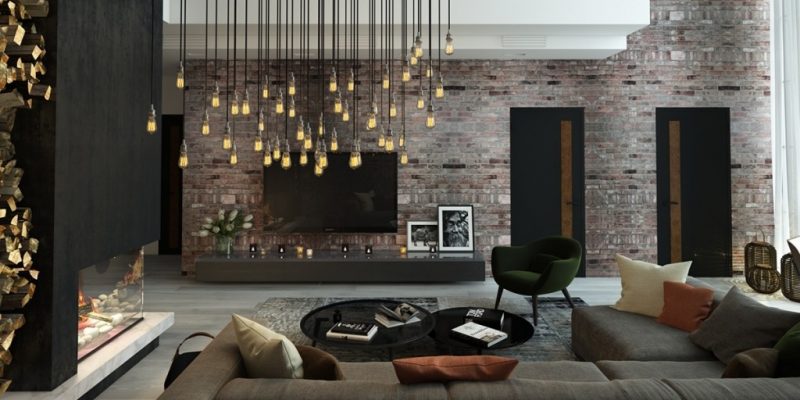
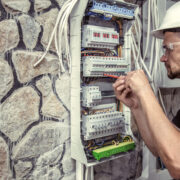
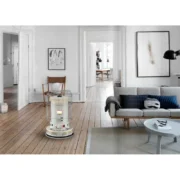






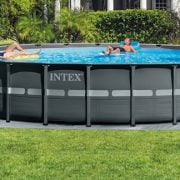
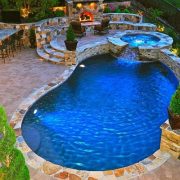


[…] Lighting plays a vital role in setting the mood and ambiance of a living room. Achieve a warm and inviting atmosphere by incorporating a combination of natural and artificial lighting. Maximize natural light by arranging furniture to allow sunlight to flood into the space. Supplement with layered lighting using a mix of overhead fixtures, floor lamps, and table lamps. Consider installing dimmers to adjust the intensity of light, allowing you to create a cozy setting for different occasions. […]